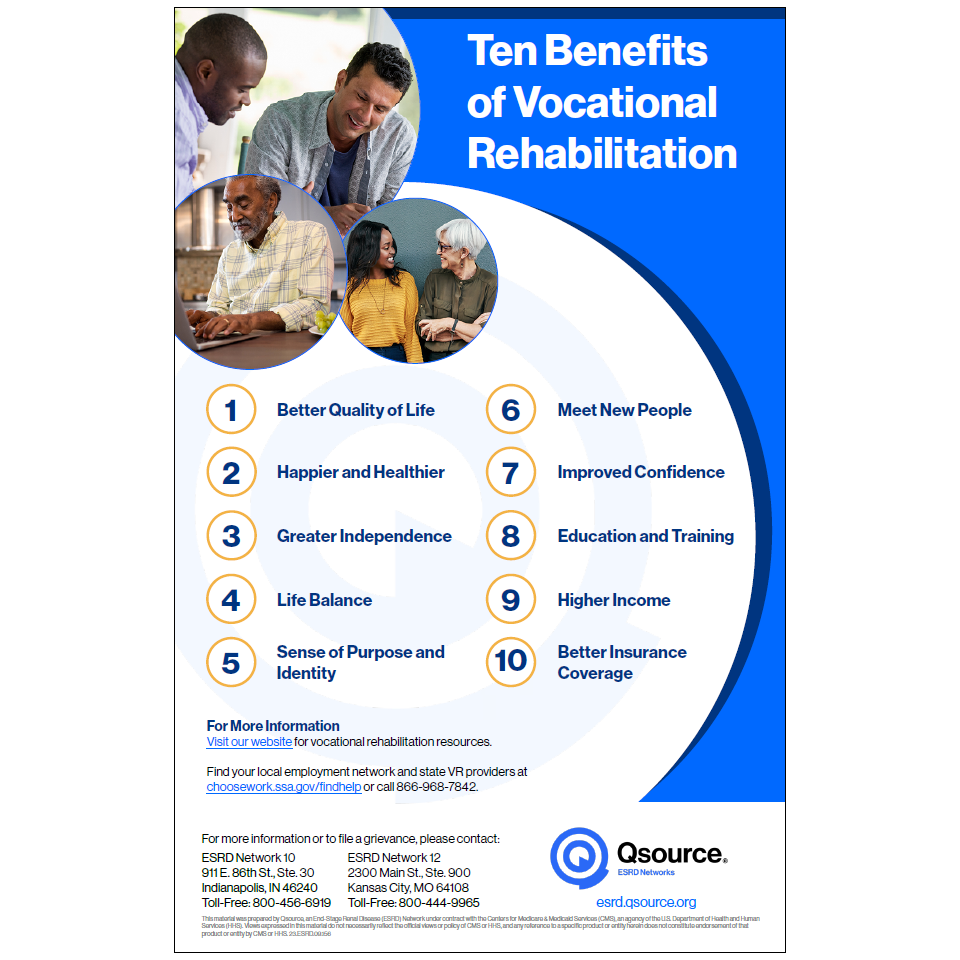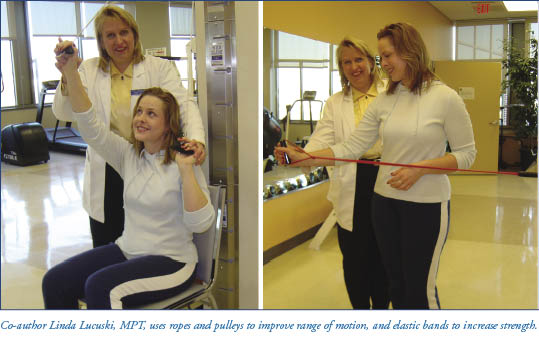The Ultimate Guide To Narconon Africa
The Ultimate Guide To Narconon Africa
Blog Article
The 8-Minute Rule for Narconon Africa
Table of ContentsThe 15-Second Trick For Narconon AfricaSome Known Factual Statements About Narconon Africa Some Of Narconon AfricaNot known Facts About Narconon AfricaIndicators on Narconon Africa You Should KnowNarconon Africa - The FactsThe 10-Second Trick For Narconon Africa
In a collection of papers with Manudeep Bhuller and Katrine V. Lken, we get over these data difficulties and the nonrandomness of jail time, offering new insights into exactly how imprisonment impacts regression, employment, youngsters, and criminal networks - Life skills courses. Number 1 Our job researches the effects of incarceration in Norway, a setup with 2 crucial advantagesWe can further link this info to various other member of the family, consisting of kids and siblings. We have info on co-offending that allows us to map out criminal networks for observed crimes. Second, we can take advantage of the arbitrary assignment of criminal instances to judges who vary in their tendencies to send out accuseds to jail.
Some courts send defendants to prison at a high rate, while others are more tolerant. We determine a court's stringency as the typical incarceration rate for all various other situations a judge takes care of, after controlling for court and year set effects, which is the level of random job. This quasi-random assignment of court stringency can be used as a tool for imprisonment, as it strongly predicts the judge's choice in the current case, however is uncorrelated with other situation qualities both by design and empirically.
Some Ideas on Narconon Africa You Need To Know
Qualities of detainees, including demographics and crime classifications, are broadly similar in Norway and various other countries, including the United States, with the exceptions that the US murder rate is much greater, and race plays a bigger duty there. What stands out as different, specifically compared with the USA, is the prison system.
Number 2In Norway, the ordinary time invested behind bars is a little over 6 months, which resembles most various other Western European countries. This contrasts with ordinary US prison time of virtually 3 years, which is in huge component the factor the United States is an outlier in its imprisonment price compared to the remainder of the globe [Number 1]
What Does Narconon Africa Do?
This gives a lot more splitting up in between small and hardened crooks than exists in the USA. There is no congestion in Norwegian jails and much better individual security, with each detainee being assigned to their very own cell and a greater inmate-to-staff proportion than in the USA (https://hub.docker.com/u/narcononza12). Prisons in Norway also use well-funded education and learning, medicine therapy, psychological wellness, and job training programs
Our study on the effects of imprisonment on the culprit, making use of the random assignment of judges as a tool, returns 3 essential findings. First, jail time dissuades additionally criminal behavior. We find that incarceration decreases the chance that an individual will certainly reoffend within five years by 27 percentage points and lowers the equivalent variety of criminal costs per person by 10 charges.
Rumored Buzz on Narconon Africa
We discover sizable decreases in reoffending chances and collective charged criminal activities also after offenders are released from prison. Our second result is that prejudice due to choice on unobservable specific attributes, if overlooked, results in the incorrect final thought that time spent in prison is criminogenic. If we just contrast criminal accuseds sent out to jail versus those not sent to jail, we find positive associations in between incarceration and succeeding crime.
This Check Out Your URL stands in contrast to our evaluation based upon the arbitrary assignment of judges, which locates an opposite-signed outcome. Third, the decrease in criminal activity is driven by people who were not working prior to incarceration. Among these individuals, jail time raises participation in programs guided at enhancing employability and decreasing regression, and this inevitably raises work and incomes while discouraging criminal habits.

Jail time causes a 34 percentage point boost in participation in job training programs for the formerly nonemployed, and within five years their employment rate boosts by 40 portion factors. At the exact same time, the likelihood of reoffending within five years is cut by 46 portion factors, and there is a decrease of 22 in the ordinary number of criminal fees.
The 25-Second Trick For Narconon Africa

A plausible explanation for the distinction is that Norway's prison system differs significantly, both in terms of prison-term length and prison conditions, from the United States jail system. While comprehending the results of imprisonment on the transgressor is a crucial primary step, capturing spillover effects is also essential for examining criminal justice plan and creating reliable prison systems.
Not known Incorrect Statements About Narconon Africa

Normal least squares estimates disclose that kids of incarcerated daddies are 1 portion point more probable to be billed with a criminal offense, about a mean of 13 percent, and reveal no effect on school grades. Utilizing our court stringency instrument, we find no analytical proof that a daddy's incarceration influences a child's own criminal offense or school grades, yet we are not able to eliminate modest-sized impacts.
The Ultimate Guide To Narconon Africa
We specify criminal teams based on network web links to prior criminal cases. Our analysis yields three major findings. Initially, when a criminal network member is incarcerated, their peers' probability of being charged with a future crime decreases by 51 portion points over the next four years. Similarly, having an older bro incarcerated lowers the probability his more youthful bro will certainly be charged with a crime by 32 portion factors over the following 4 years.
Report this page